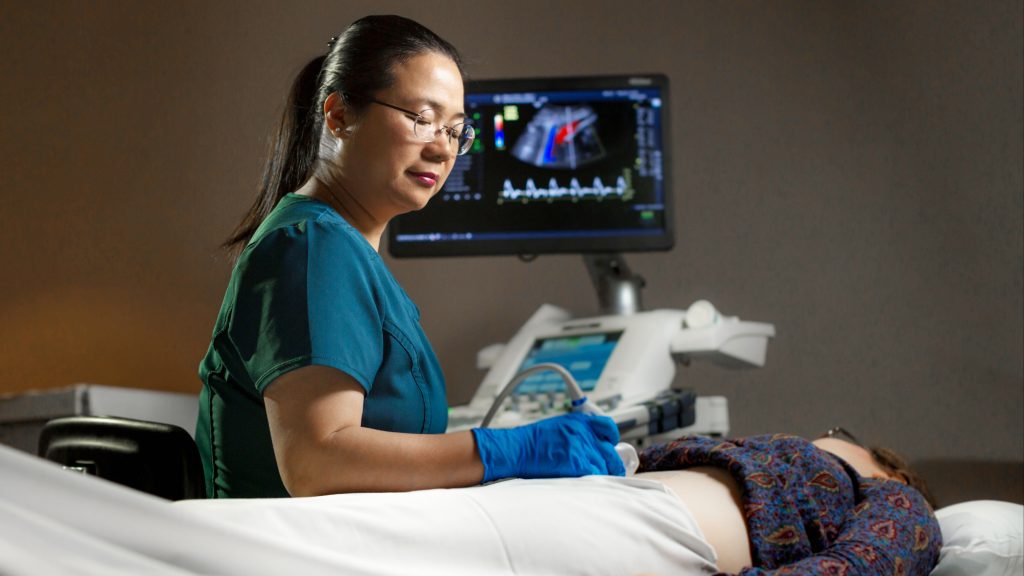Pelvic pain is common, affecting 15% of women of reproductive age. Pinpointing its cause, whether it's endometriosis, ovarian cysts or musculoskeletal issues, can be a challenge.
Dr. Megan Wasson, a gynecologic surgeon who specializes in minimally invasive procedures at Mayo Clinic, says it's important to seek medical help if chronic pelvic pain starts affecting your quality of life or if there are signs of a serious underlying condition.
Journalists: Broadcast-quality video (1:00) is in the downloads at the end of this post. Please courtesy: "Mayo Clinic News Network." Read the script.
"If you know 10 women, you know at least one woman who's suffering with chronic pelvic pain," says Dr. Wasson.
What is chronic pelvic pain?
Chronic pelvic pain refers to having ongoing pain for at least six months. It can be connected to various underlying issues.
"It can be pain with menstrual cycles or pain with your period, it can be pain with intercourse, pain with urination, pain with bowel movements, pain with certain activities," explains Dr. Wasson.
Identifying the cause of pain starts with discussing your medical history with your healthcare team.
"That will guide the next steps, whether that is checking for a urine infection, getting an ultrasound, getting advanced imaging, like a pelvic MRI, or looking at the vasculature. It is really guided by that history," she says.

The best time to seek care is when the pain starts to affect your quality of life.
"We don't want to ignore pelvic pain. We want to have that thorough evaluation to make sure that there isn't anything that requires more urgent intervention," Dr. Wasson says.
Related posts:
- Mayo Clinic Minute: When surgery for endometriosis is the answer
- Mayo Clinic Minute: Can uterine fibroids affect pregnancy?
- Mayo Clinic Minute: Combating weight gain during menopause







